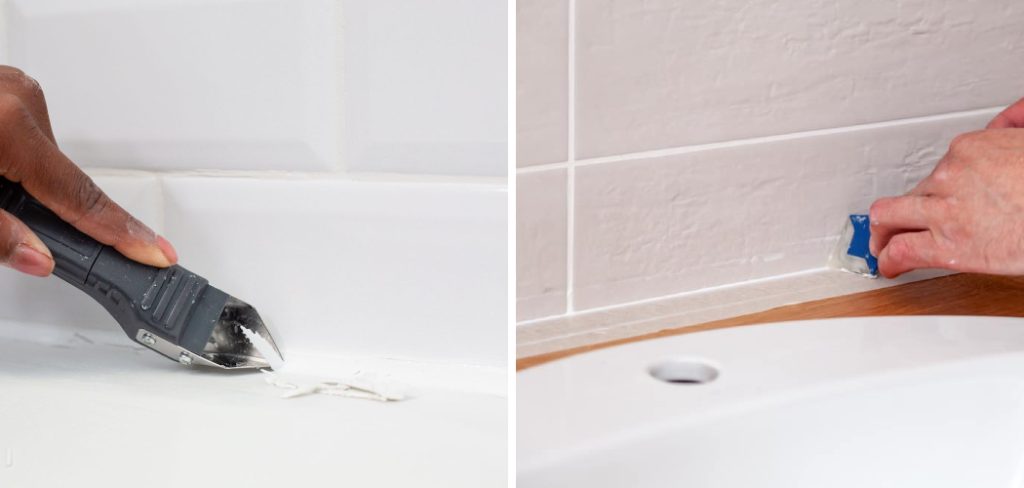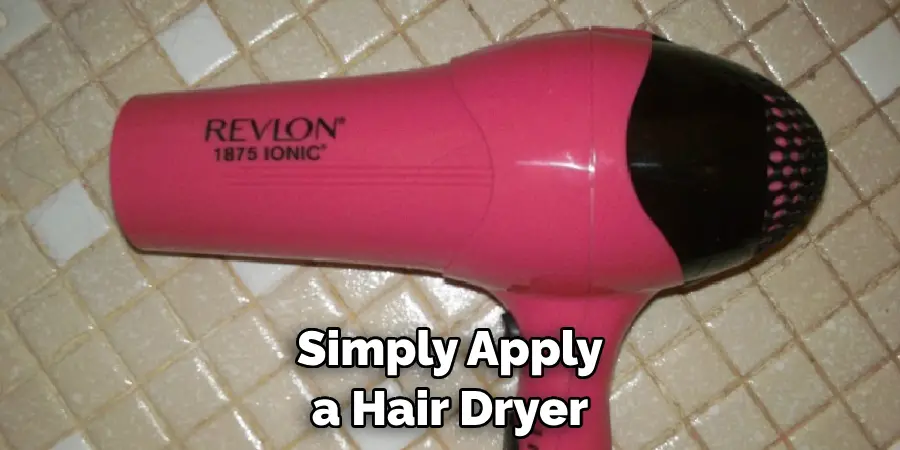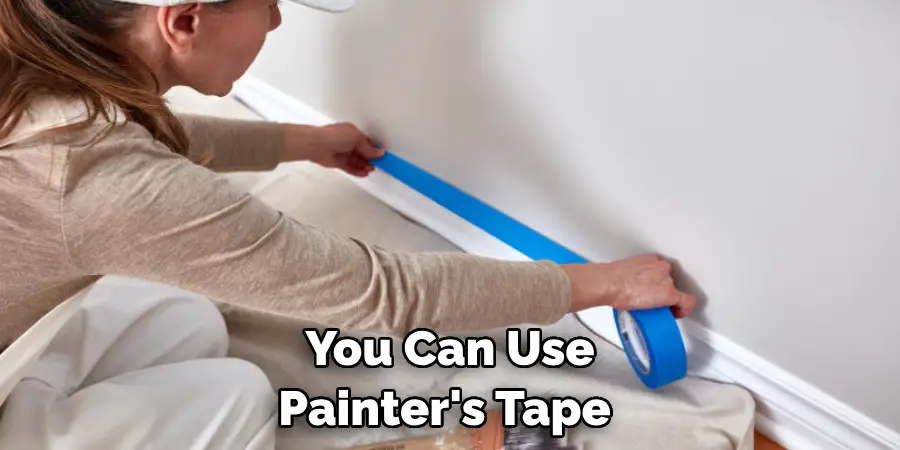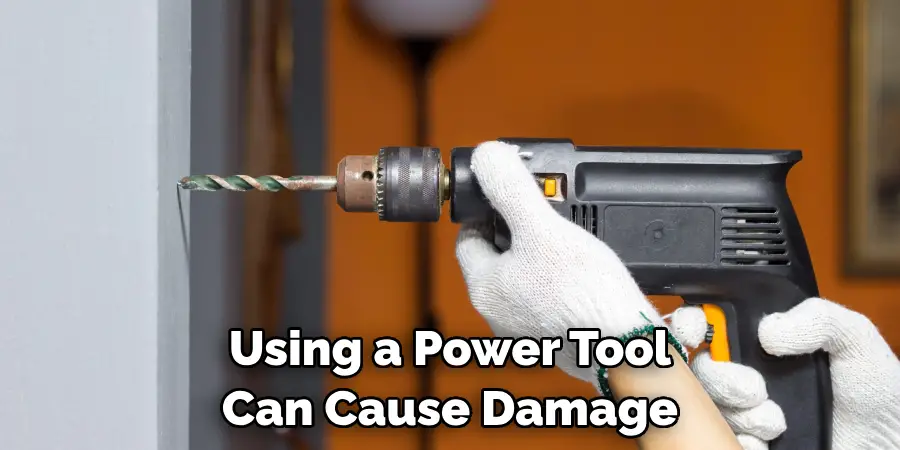Has peeling caulk been driving you crazy for months? You stare at those unsightly strips of dried caulk thinking “I need to fix that, but how?” I’ve been there – standing in my bathroom wondering how something that seemed so simple at the time turned into such a mess. But never fear, removing dried caulk is not that difficult once you know the right tricks.

In this post, I’ll walk you through the best methods for how to remove dried caulk from wall, from basic scraping techniques to more heavy-duty chemical solutions. By the end, that unpleasant eyesore will be a distant memory and your walls will look fresh and clean once more. Let’s get started!
9 Best Ways on How to Remove Dried Caulk From Wall
1. Use a Razor Blade:
One of the most common and effective methods for removing dried caulk from walls is using a razor blade or scraper. This is best suited for larger, more visible areas of caulk. Carefully run the razor blade along the edge of the caulk, angling it to avoid damaging the wall. Once you have removed as much as possible, use a damp cloth to wipe away any remaining residue. Using a razor blade does require more patience and precision, so take your time to avoid any accidental scratches or nicks on the wall.
2. Try Using a Paint Scraper:
Similar to using a razor blade, a paint scraper can also be effective in removing dried caulk from walls. This method is best for larger areas of caulk, such as around bathtubs or windows. Use the paint scraper to gently scrape away the dried caulk, being careful not to damage the wall. Once you have removed as much as possible, use a damp cloth to wipe away any remaining residue.
3. Apply Heat:
Another effective technique for removing dried caulk is using heat. Simply apply a hair dryer on medium heat setting and hold it close to the caulk for a few minutes. The heat will soften the caulk, making it easier to scrape away with a razor blade or scraper. This method works best for smaller areas of dried caulk or when dealing with delicate surfaces.

4. Use Solvent:
For tougher cases of dried caulk, using a solvent is the way to go. There are many different types of solvents available, but a few popular options include mineral spirits, rubbing alcohol, or nail polish remover. Soak a cloth in your chosen solvent and place it over the dried caulk for at least 30 minutes. This will help soften the caulk, making it easier to remove with a razor blade or scraper.
5. Try Vinegar:
If you prefer a more natural approach, vinegar can also be effective in removing dried caulk from walls. Mix equal parts of white vinegar and warm water in a spray bottle and saturate the dried caulk with the solution. Let it sit for at least 30 minutes before using a razor blade or scraper to remove the softened caulk.
6. Use a Commercial Caulk Remover:
If the above methods aren’t doing the trick, it’s time to pull out the big guns – a commercial caulk remover. These products are specifically designed to dissolve dried caulk and make it easier to remove. Follow the instructions on the product carefully and be sure to wear gloves and protective eyewear. You may also want to ventilate the room while using these products.
7. Try a DIY Caulk Remover:
If you prefer to use more natural and homemade solutions, some DIY caulk removers can be just as effective. One popular method is mixing baking soda with a small amount of water to create a paste. Apply the paste over the dried caulk and let it sit for several hours. Then, use a razor blade or scraper to remove the softened caulk. You can also try using a mixture of equal parts cornstarch and lemon juice for a similar effect.

8. Use an Oscillating Tool:
For stubborn, hard-to-reach areas of dried caulk, using an oscillating tool with a scraping attachment can be extremely helpful. These tools vibrate at high speeds and are specifically designed to remove tough materials like caulk. Carefully maneuver the tool along the edge of the dried caulk to remove it, being careful not to damage the wall.
9. Call in a Professional:
If all else fails, or if you simply don’t feel confident attempting to remove dried caulk yourself, it’s always a good idea to call in a professional. They have the tools and expertise to remove even the toughest dried caulk without causing any damage to your walls. This may be a more expensive option, but it will save you time and frustration in the long run.
Following these tips, you should be able to easily remove dried caulk from your walls and have them look clean and fresh once again. Just remember to take your time and work carefully to avoid any accidental damage. And if all else fails, don’t hesitate to call in a professional for help. Happy caulking!
Additional Tips and Tricks to Remove Dried Caulk From Wall
- If the caulk has not completely hardened, you can use a hairdryer to warm up and soften the caulk. The heat from the dryer will make it easier to remove with a scraper or razor blade.
- You can also use a caulk remover solution which is specially formulated to break down and dissolve dried caulk. This can be especially helpful if the caulk has been on the wall for a long time and has become very hard.
- Another alternative is to use rubbing alcohol or nail polish remover. These solvents help loosen the grip of the caulk on the wall, making it easier to scrape off.
- For stubborn caulk, you can try using a combination of baking soda and vinegar. Make a paste with equal parts baking soda and vinegar and apply it over the dried caulk. Let it sit for about an hour before scrubbing it off with a toothbrush or sponge.
- When scraping off caulk, use slow and steady strokes to avoid damaging the wall. If you are using a razor blade, be sure to hold it at a low angle to prevent scratches.
- After removing the caulk, clean the area thoroughly with soap and water to remove any remaining residue.
- To prevent caulk from drying out and hardening, make sure to tightly close the tube after each use and store it in a cool and dry place.
- Regularly inspect and replace any old or dried-out caulk in your home to prevent future buildup and make future removal easier.
- If the caulk is located in a hard-to-reach area, consider using a caulk softener gel. This product can be applied directly onto the dried caulk and left overnight to soften it for easy removal.
- As a preventive measure, you can use painter’s tape or masking tape to create clean lines before applying caulk. This will make it easier to remove excess caulk and prevent it from getting into unwanted areas.
- When using any chemical solutions or solvents, be sure to follow the instructions carefully and use protective gear such as gloves and eye protection.

Following these tips and tricks can help make the process of removing dried caulk from walls easier and more efficient. Remember to always take your time and be patient, as rushing through the removal process can lead to damage to the wall. With proper techniques and tools, you will have a clean and smooth surface ready for any new caulking in no time.
Frequently Asked Questions
Is It Safe to Use Solvents or Chemical Solutions on the Wall?
Yes, as long as you follow the instructions carefully and take proper precautions such as wearing gloves and eye protection. It is important to also properly dispose of any leftover chemicals according to local regulations.
Can I Use a Power Tool to Remove Dried Caulk?
While it may seem like an efficient option, using a power tool can cause damage to the wall and potentially create more work in the long run. It is best to stick with manual tools such as scrapers or razor blades for precise removal.

How Do I Know If the Caulk Has Completely Hardened?
A good indication is if the caulk feels hard and becomes difficult to remove with a scraper or razor blade. If you are unsure, it is best to wait longer rather than risk damaging the wall by attempting removal too early.
Is It Necessary to Remove All Old Caulk Before Applying New Caulk?
Yes, it is important to remove all old caulk before applying new caulk. This ensures a clean and secure bond for the new caulk to adhere to the wall properly.
Conclusion
With the above outlined you can easily understand how to remove dried caulk from wall. By following these tips and tricks, you can efficiently remove dried caulk without causing any damage to your walls.
Remember to use caution when using solvents or chemical solutions, and always properly dispose of them afterward. Regular maintenance of caulk in your home is also recommended to prevent buildup and make future removal easier. Happy caulking!
You Can Check It Out to Remove Drylok from Basement Walls
